Japanese knife making is a revered art form that combines centuries-old techniques with a deep respect for natural materials and craftsmanship. Known for producing some of the sharpest and most precise knives in the world, Japan's knife artisans have created a unique niche in culinary tools, suitable for both professional chefs and home cooking enthusiasts. In this article, we will dive deep into the intricate world of Japanese knife making, exploring its history, techniques, and the allure it holds for knife aficionados. Whether you're looking for chef knives & sets, folding knives, hunting knives, or even personalized gifts, understanding the artistry behind these tools will enhance your appreciation and guide your purchase.
The Rich History of Japanese Knife Making
Japanese knife making dates back to the Kamakura period (1185-1333), where skilled blacksmiths began crafting blades for samurai swords. Over time, the techniques evolved, and these artisans began to apply their skills to produce various types of kitchen knives. Each region in Japan has its own style and method of knife making, such as the famed Sakai region known for producing high-quality chef knives & sets and the Seki city, recognized for its pocket knives and folding knives. This rich heritage of sword-making laid the foundation for modern-day Japanese knife crafts.
The Craftsmanship Behind Japanese Knives
What truly sets Japanese knives apart is the unparalleled craftsmanship that goes into creating each blade. The process is meticulous and labor-intensive, often taking several months to complete a single knife. Here are a few defining characteristics of Japanese knife craftsmanship:
Materials
Japanese knife makers use traditional materials known for their durability and sharpness. High-carbon steel is the primary material, allowing knives to hold their edges longer than stainless steel options. Additionally, the wooden handles are often made from traditional Japanese woods like magnolia or pakka, providing comfort and balance during use.
Forging Techniques
Japanese knife artisans utilize time-honored forging techniques, including:
- San Mai Process: This method involves layering different types of steel to create a core with exceptional hardness, encased in softer steel for durability.
- Hamaguri Edge: This unique edge, shaped like a clam shell, allows for a sharper and more precise cutting action, ideal for precision tasks.
- Hand-Hammered Textures: Traditional artisans often hand-hammer their blades, creating unique patterns that not only enhance aesthetics but also reduce friction when cutting.
Types of Japanese Knives
Japanese knives come in various forms, each with a specific purpose and design. Here are some of the most popular types:
Chef Knives & Sets
Arguably the most versatile and essential type of Japanese knife, chef knives are designed for slicing, dicing, and chopping a wide array of ingredients. Well-known varieties include:
- Gyuto: The all-purpose chef knife, perfect for various cooking tasks.
- Yanagiba: A long, thin knife used primarily for slicing raw fish.
- Deba: A heavy-duty knife used for filleting fish and cutting through bone.
Pocket Knives
Compact and practical, Japanese pocket knives blend utility with elegance. They are excellent choices for everyday carry or outdoor activities. Many feature traditional folding designs and are crafted from high-quality materials, making them both functional and stylish.
Folding Knives
Folding knives are incredibly popular among outdoor enthusiasts and are often chosen for hiking, camping, or general utility. The craftsmanship of Japanese folding knives showcases both tradition and modern innovation, often featuring ergonomic handles that ensure ease of use.
Hunting Knives
Designed for durability and sharpness, hunting knives are essential for outdoor and wilderness activities. Many Japanese makers create high-quality hunting knives that are robust yet lightweight, making them perfect for skinning game or utility tasks.
Finding the Perfect Japanese Knife for You
Whether you're a professional chef, home cook, or outdoorsman, choosing the right Japanese knife can greatly elevate your culinary skills or outdoor adventures. Here are some tips to guide your selection:
Identify Your Needs
Take the time to assess what tasks you’ll primarily use the knife for. If you spend most of your time in the kitchen, investing in a high-quality chef knife & sets may be ideal. For those who frequently find themselves outdoors, consider a sturdy hunting knife or folding knife.
Try Before You Buy
If possible, physically handle the knife before making a purchase. The balance and feel are just as important as the blade’s quality. A knife that feels uncomfortable will never reach its full potential in your hands.
Consider Craftsmanship
Investing in a well-made knife from a reputable craftsman can make a world of difference. Look for traditional craftsmanship techniques, the materials used, and the overall aesthetic. This not only guarantees quality but also connects you to the rich heritage of Japanese knife making.
Caring for Your Japanese Knife
Owning a Japanese knife is not just about the initial purchase; it’s about proper care and maintenance to ensure its longevity and performance. Here are some essential tips:
Regularly Sharpen Your Knife
A dull knife is not only ineffective but also unsafe. Invest in a good whetstone and learn the proper technique to maintain a sharp edge. Regular maintenance keeps your blade crisp and improves your cutting efficiency.
Hand Wash and Dry
Always hand wash your knife with mild soap and warm water instead of placing it in the dishwasher. Dishwashers can damage the blade’s edge and handle materials. After cleaning, make sure to dry it immediately to avoid rust or corrosion from moisture.
Store Properly
Storing your knife safely helps prevent accidents and maintains its sharpness. Consider a knife block, magnetic strip, or protective sheath designed for your type of knife. Avoid storing knives loosely in drawers.
A Gift of Artistry and Precision
Japanese knives, especially high-quality and beautifully crafted ones, make for exceptional personalized gifts. Whether for culinary enthusiasts or outdoor lovers, gifting a Japanese knife offers both practicality and a touch of elegance. With many artisans now offering personalized engraving options, you can add a special touch that makes the gift even more meaningful. It’s not just a knife; it’s a piece of art that carries a story and tradition.
Embark on Your Japanese Knife Journey
As you journey through the fascinating world of Japanese knife making, remember that the craftsmanship and artistry encapsulated in each knife tell a story far deeper than just a tool for cooking or outdoor adventures. Exploring this rich culture, understanding the techniques, and recognizing the significance of Japanese knives enhances not only your culinary experiences but also celebrates a legacy of fine craftsmanship. So whether you are in search of exceptional chef knives & sets, functional pocket knives, dependable hunting knives, or unique personalized gifts, delve into the art of Japanese knife making, and discover the perfect blade that resonates with your life’s culinary adventures.


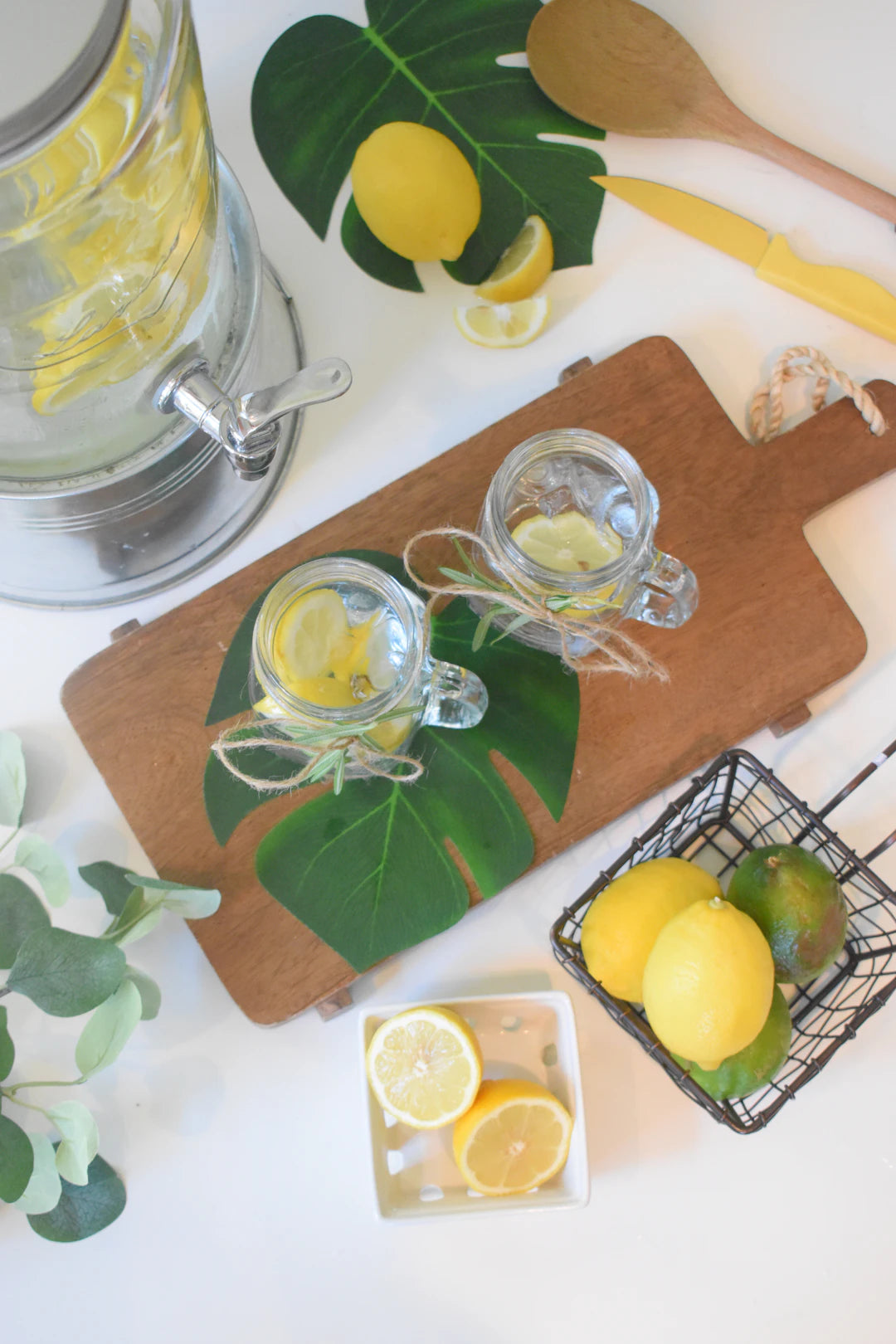





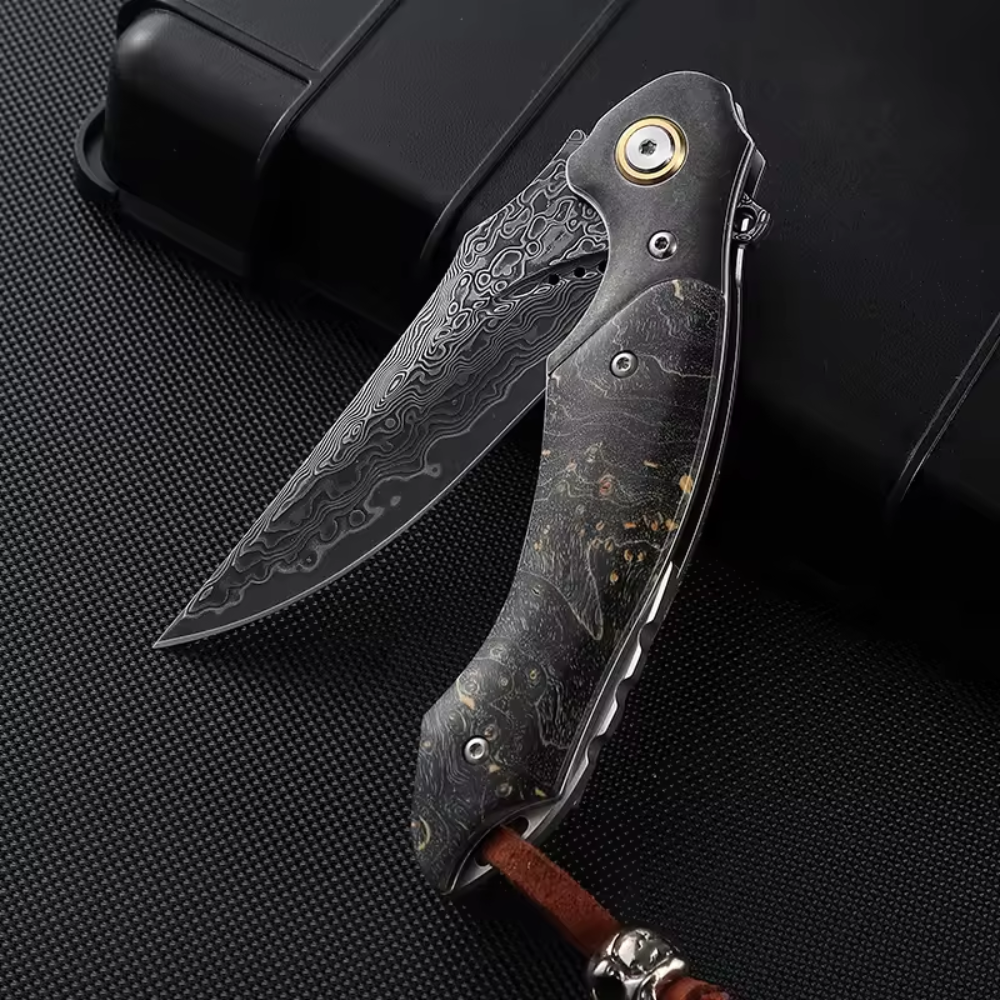
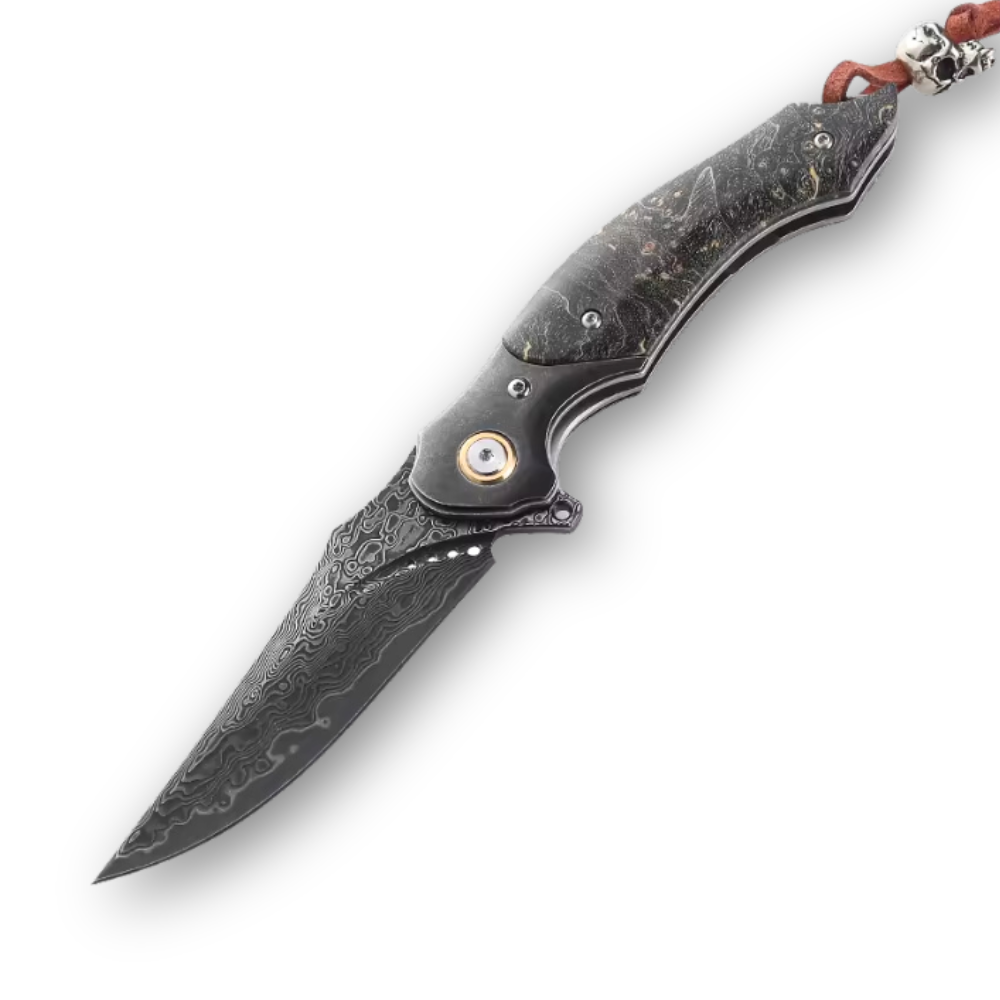
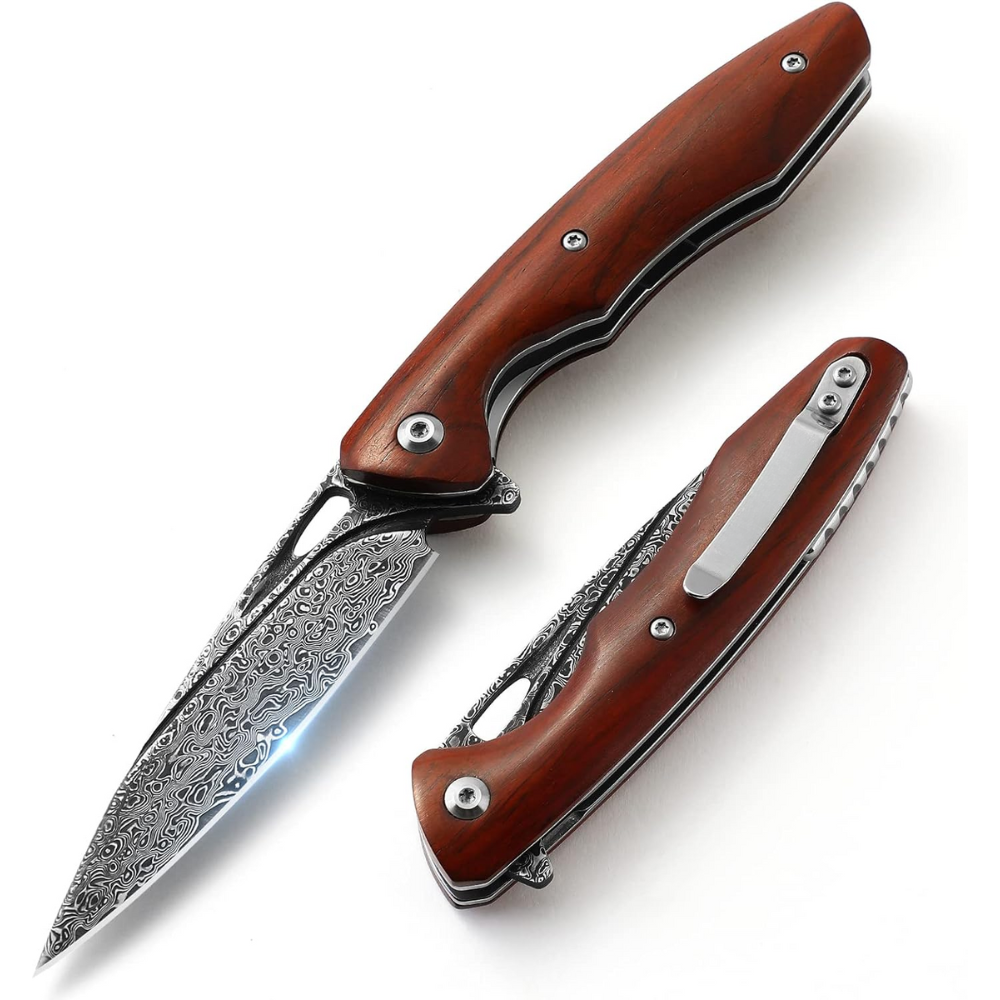
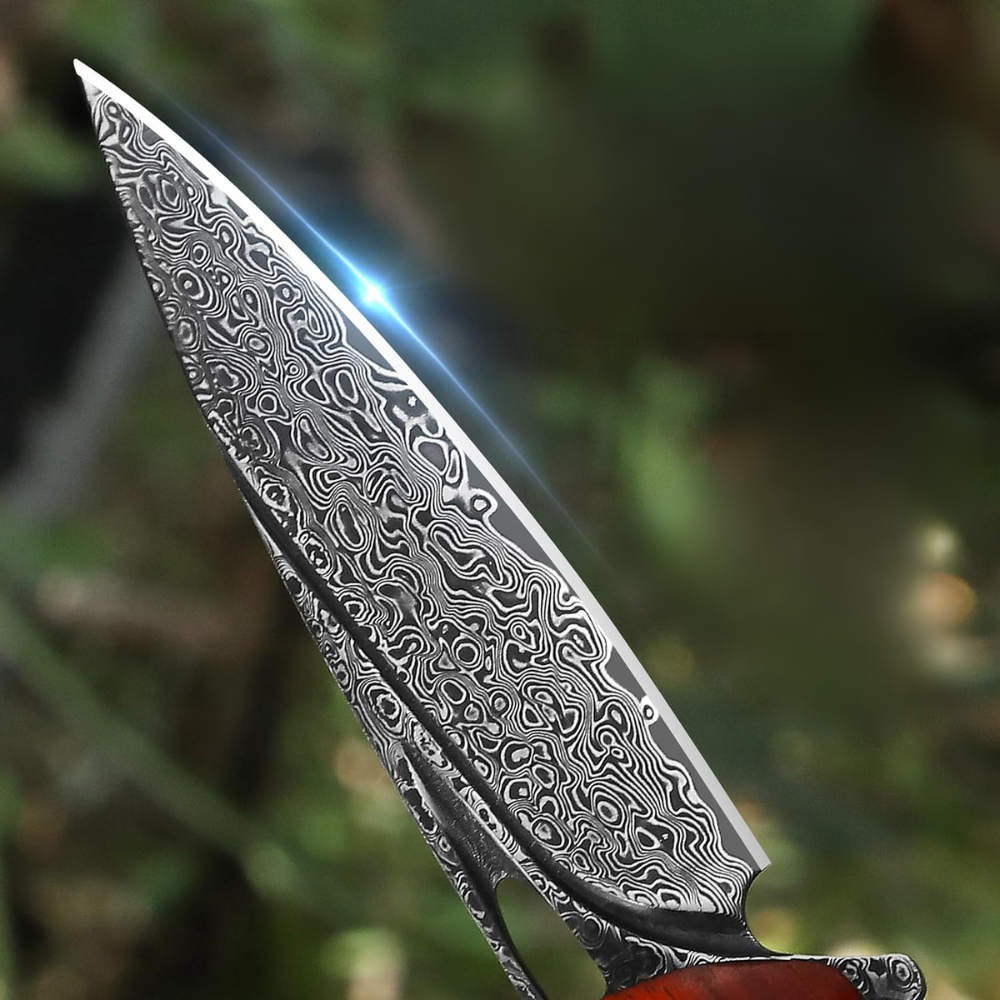








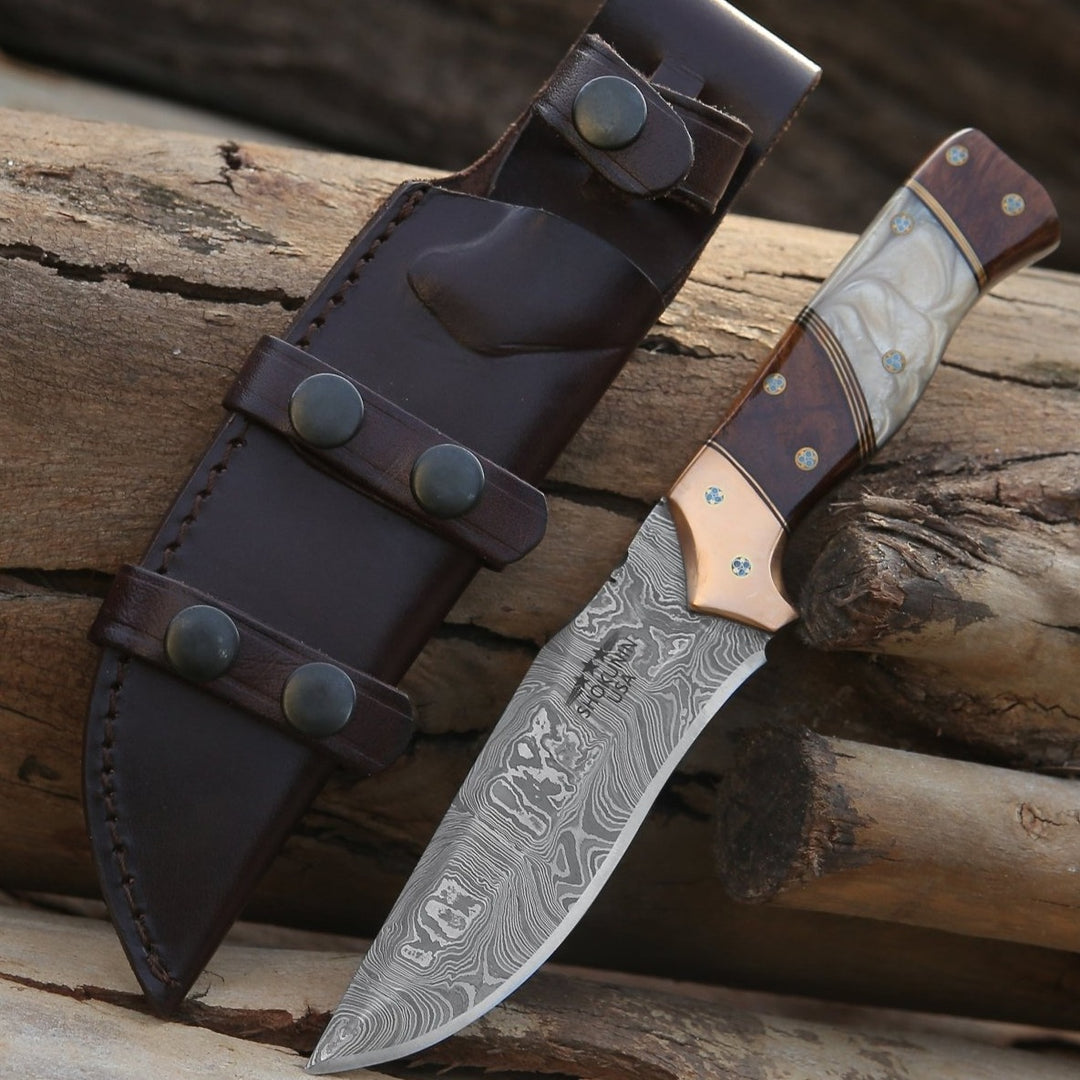
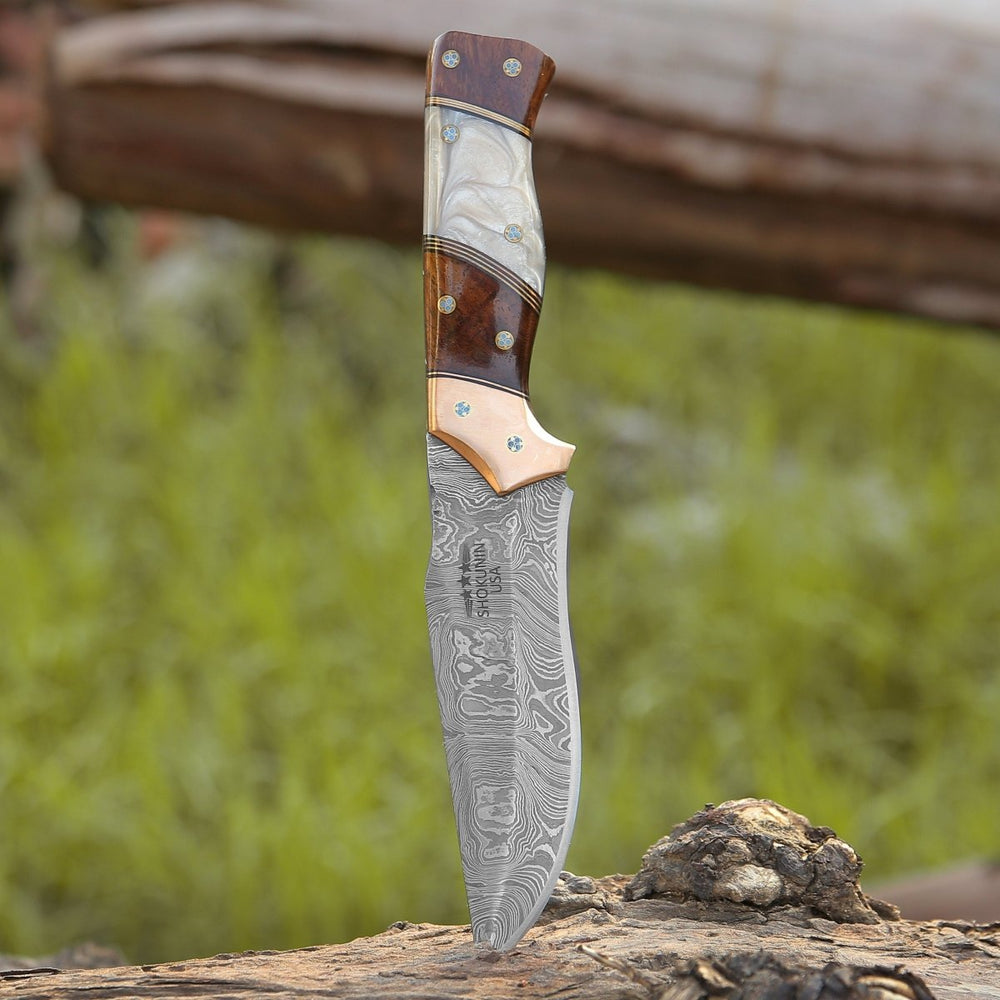


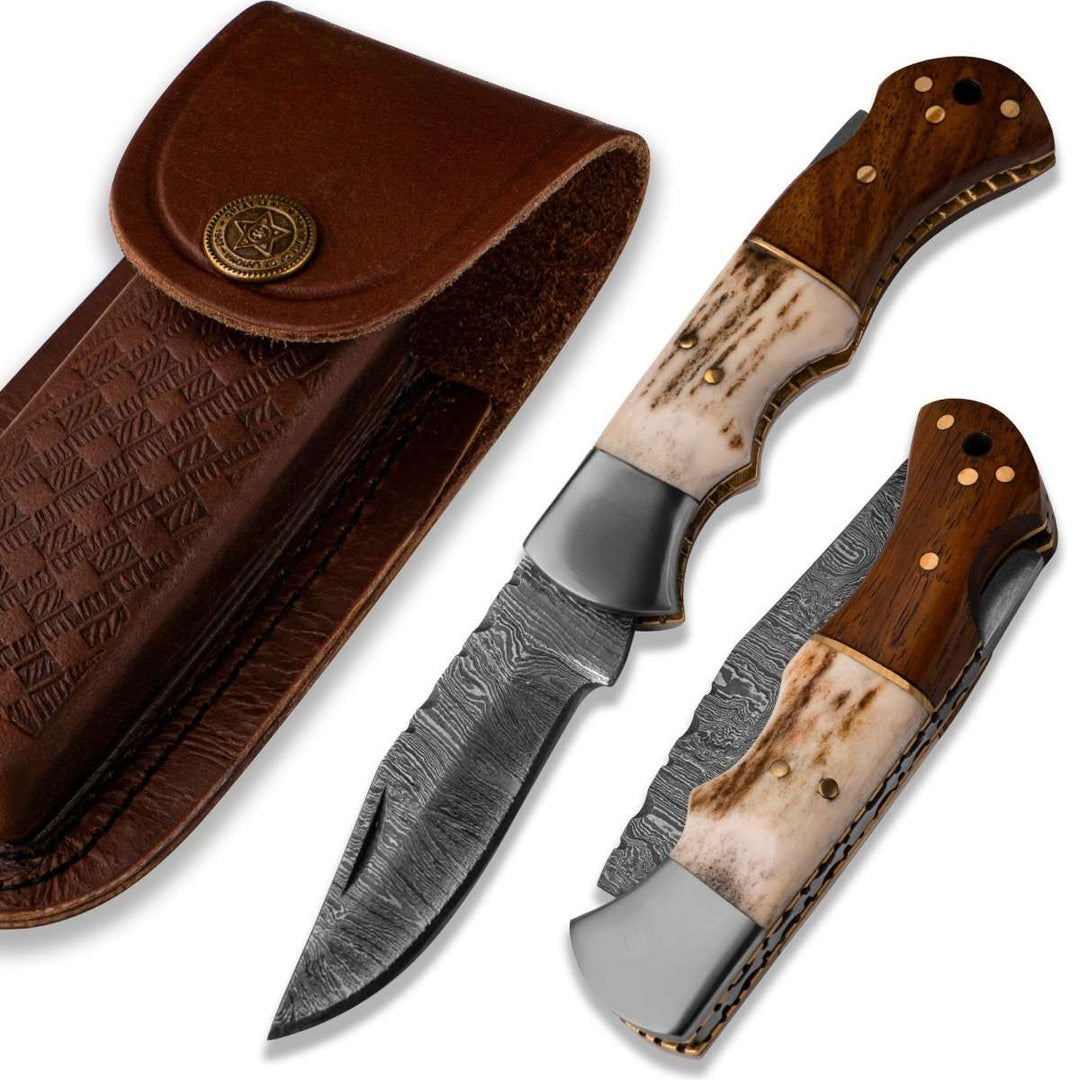
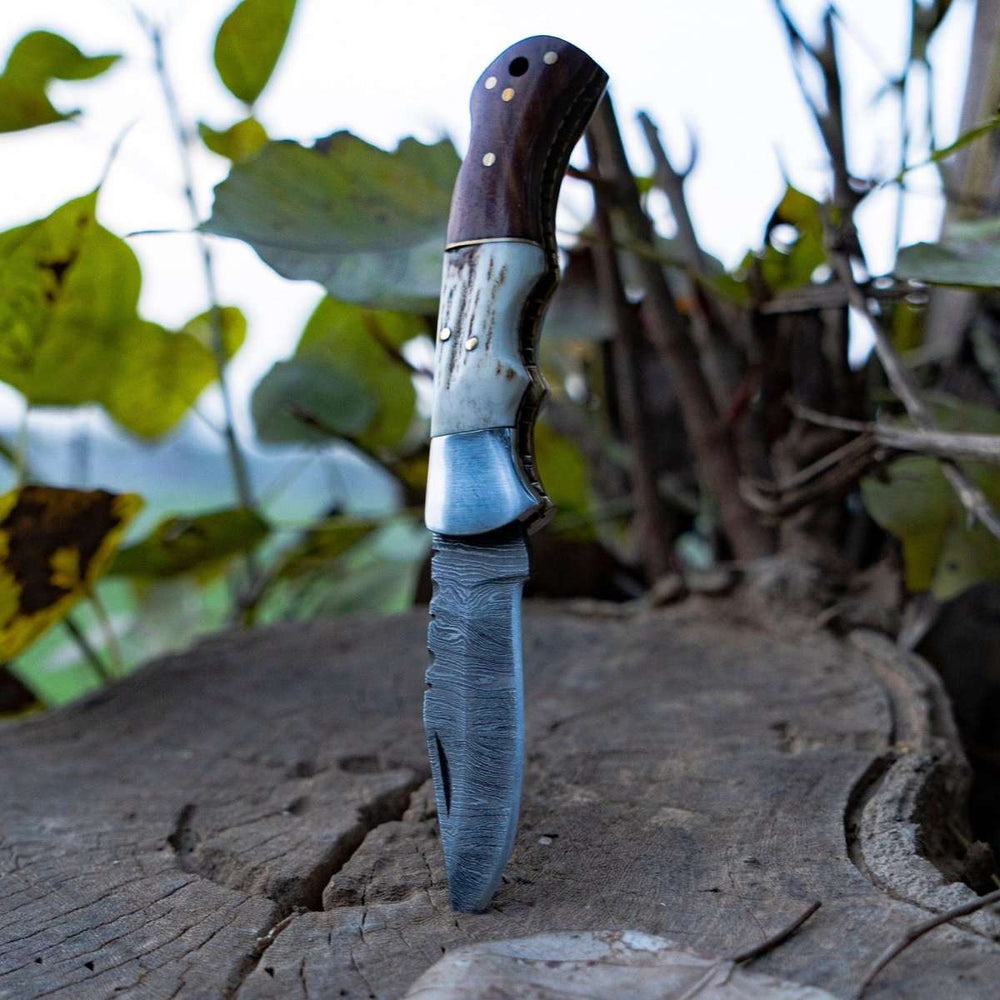




Dejar un comentario